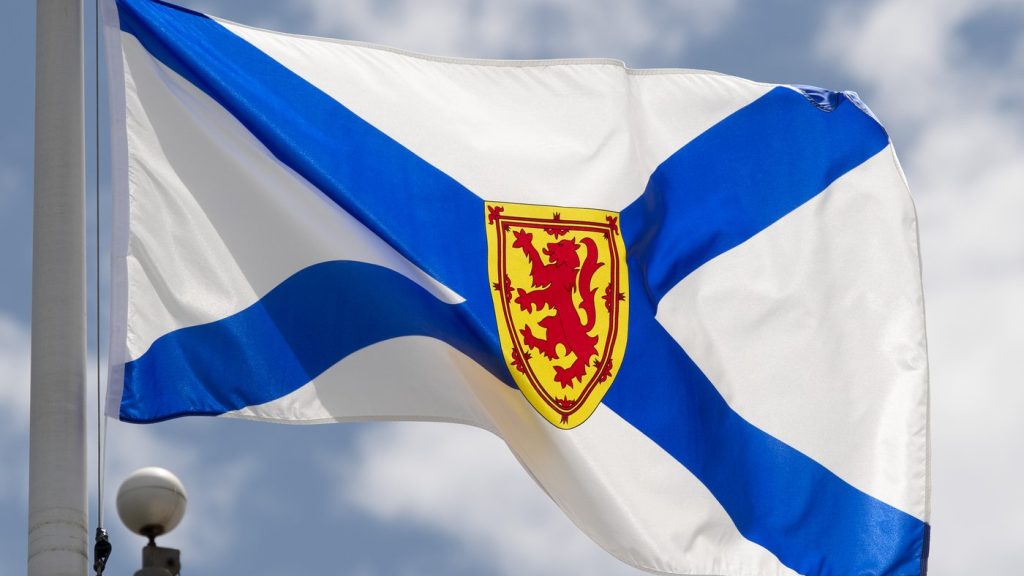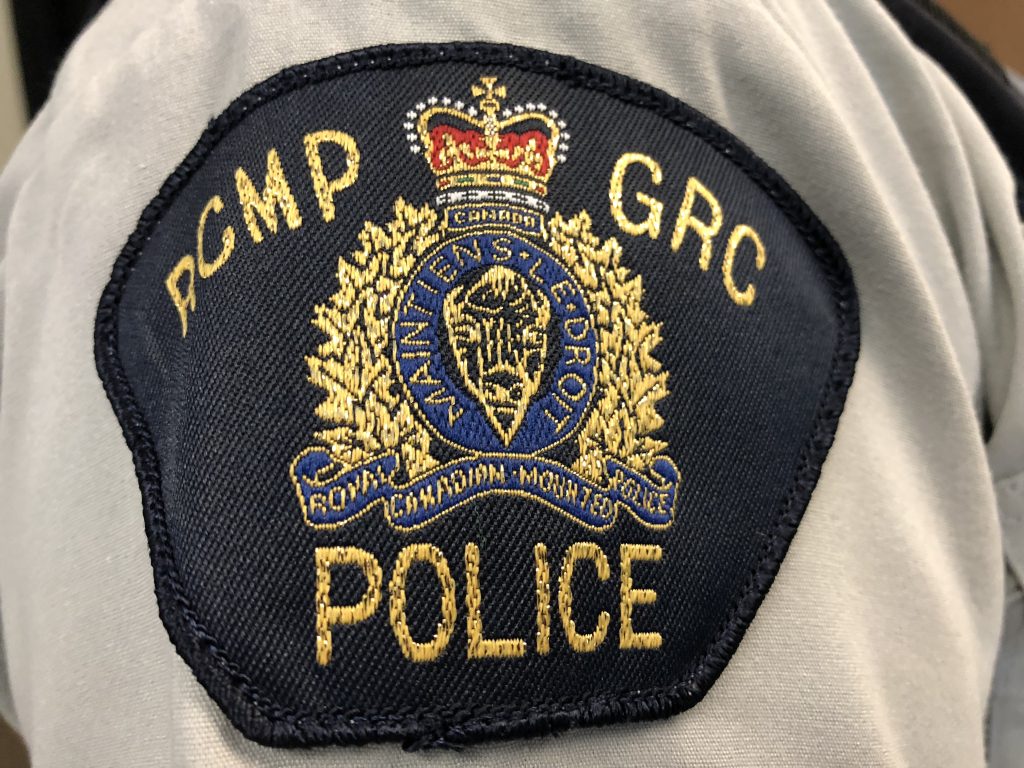Nova Scotia to roll out school lunch program to elementary grades in October

Posted Aug 23, 2024 10:21:43 AM.
Last Updated Aug 23, 2024 01:54:56 PM.
HALIFAX — Elementary students across Nova Scotia will get their first servings of the province’s new school lunch program in October, says Education Minister Becky Druhan.
The first phase of the pay-what-you-can program will serve more than 75,000 students in elementary grades in 250 schools, Druhan said Friday. Families can pay the full $6.50 cost of the lunch, part of that price or nothing at all.
“Families will decide what is affordable every time they order a school lunch,” she said. “What you choose to pay will be known only by you. This is a confidential stigma-free program.”
Druhan called the funding model a “responsible” way to proceed, adding that many families have told the government they were “happy” to contribute to the cost of their students’ food. She said more than 10,000 people participated in online consultations.
Government officials said they expected a significant number of people will pay something for the meals, based on data from provinces with their own programs, including Newfoundland and Labrador and Prince Edward Island.
The Nova Scotia government committed $18.8 million for the first year of the program in its 2024-25 budget.
The lunch program will be rolled out across the province on Oct.1, 15 and 28; parents can begin placing orders two weeks before the first lunches are served, through the website nslunch.ca and can choose from two lunch options each day, including at least one vegetarian meal.
Druhan said there will be 40 menu options that rotate weekly offering nutritious meals developed with advice from dietitians, pediatricians and students.
Student diversity is also recognized through offerings such as Acadian chicken fricot, butter chicken and corn chowder with l’uskinikn — a traditional Mi’kmaq biscuit. Student favourites such as macaroni and cheese and pizza will also be on the menu.
Officials said the food would be made available through existing school kitchens, on-site contracted catering and off-site preparation and delivery to schools without kitchens or cafeteria facilities.
The minister said she believes adding school lunches to existing breakfast and snack programs will make a difference.
“This is about making life more affordable for families and this is about day-to-day ensuring that our students are healthy and focused on learning,” Druhan said.
Both opposition parties welcomed the lunch program.
“We have always agreed that the program should be free … I can understand the way they are rolling it out and ultimately parents and families will decide and the free option is there,” said Liberal education critic Derek Mombourquette.
NDP member Suzy Hansen noted that her party had pushed for a universal program for a number of years.
“We just want to encourage folks to utilize the services that they have at the rate they can afford, so if it is nothing then it should be nothing,” Hansen said.
The federal government has set aside $1 billion over five years for a universal national school lunch program and signalled in June that it is set to negotiate funding deals with provinces, territories and Indigenous communities.
Druhan said some information was exchanged last week, although it remains to be seen how much federal help will be added to Nova Scotia’s program.
“We are looking forward to learning more … but we are prepared to deliver Nova Scotia’s school lunch program — we are fully funded,” she said.
This report by The Canadian Press was first published Aug. 23, 2024.
Keith Doucette, The Canadian Press








